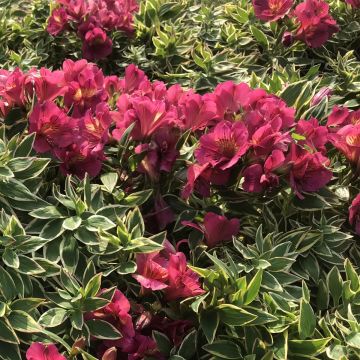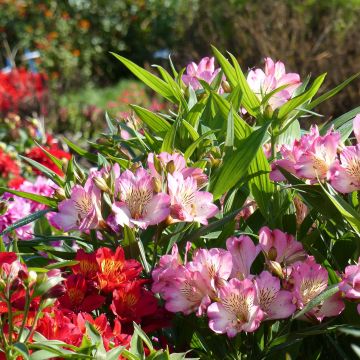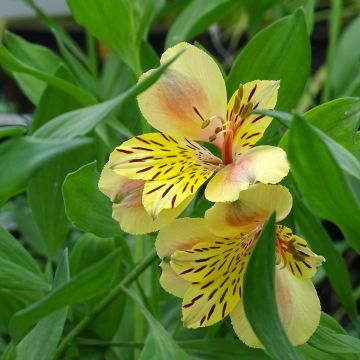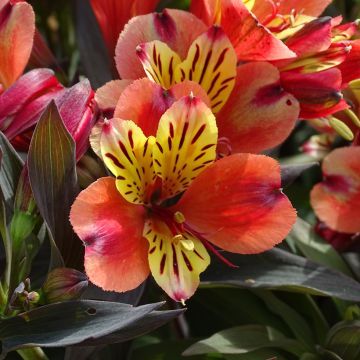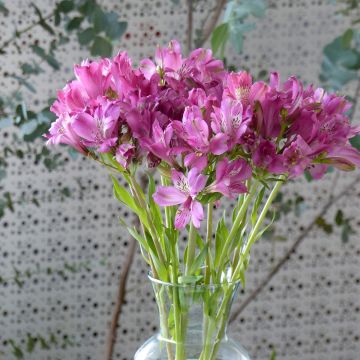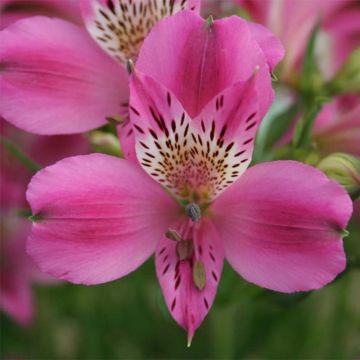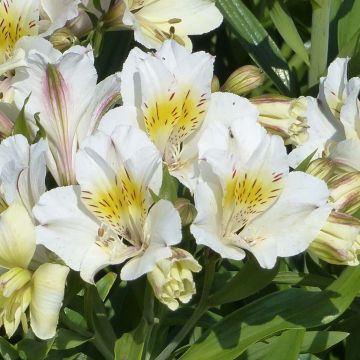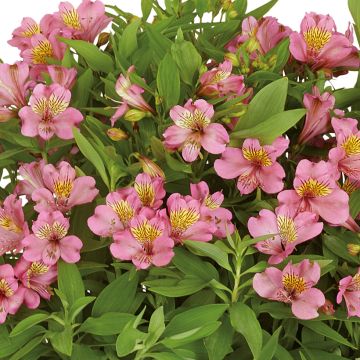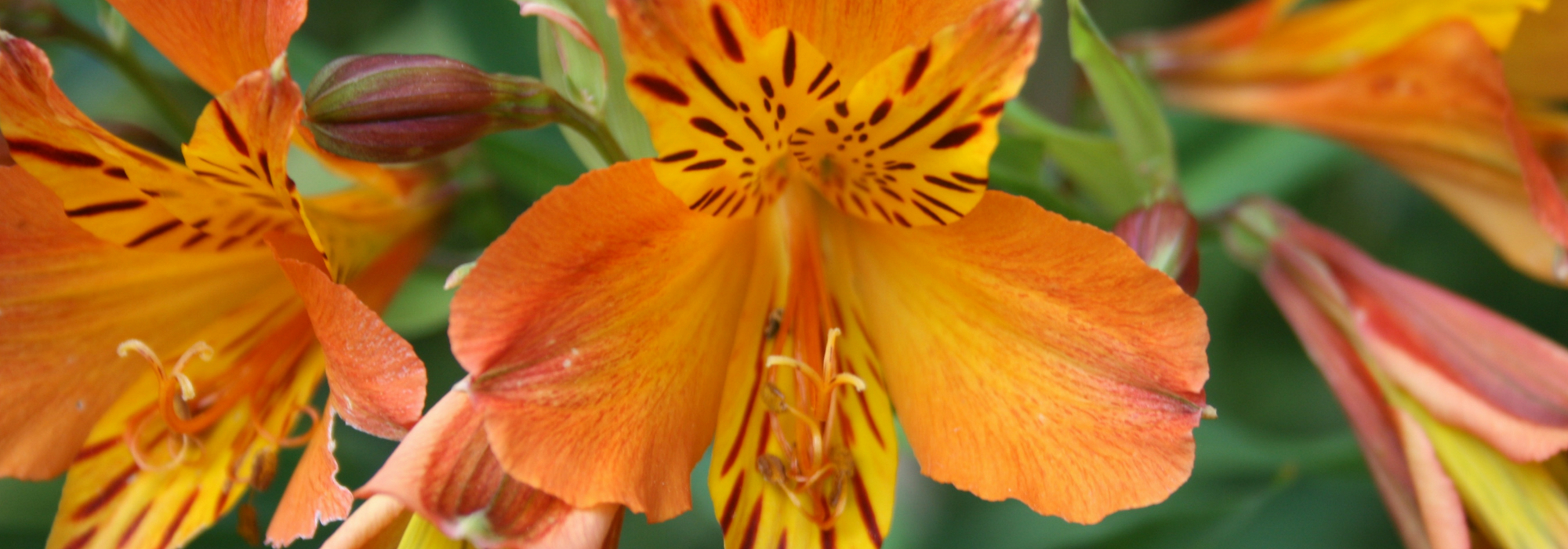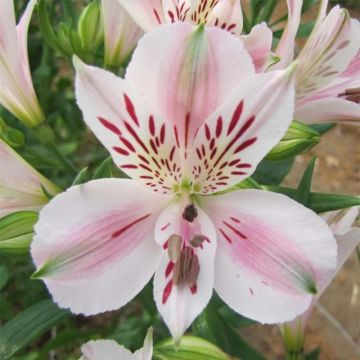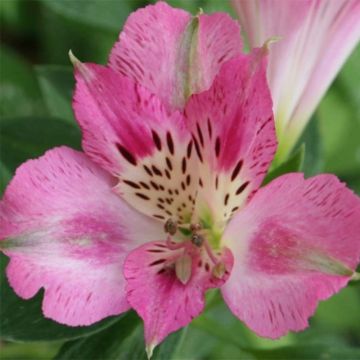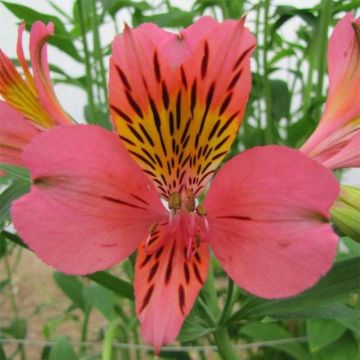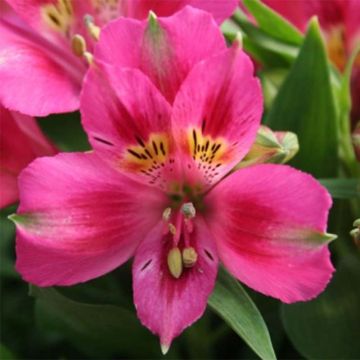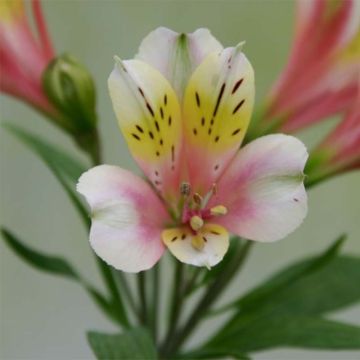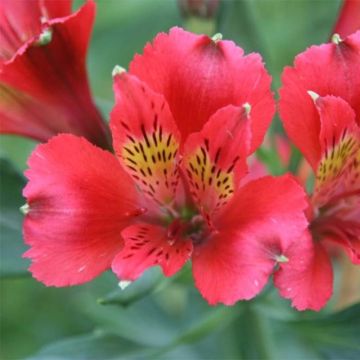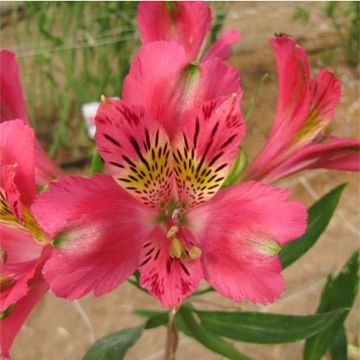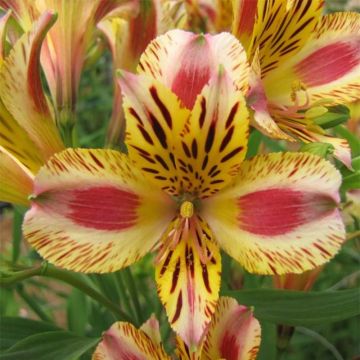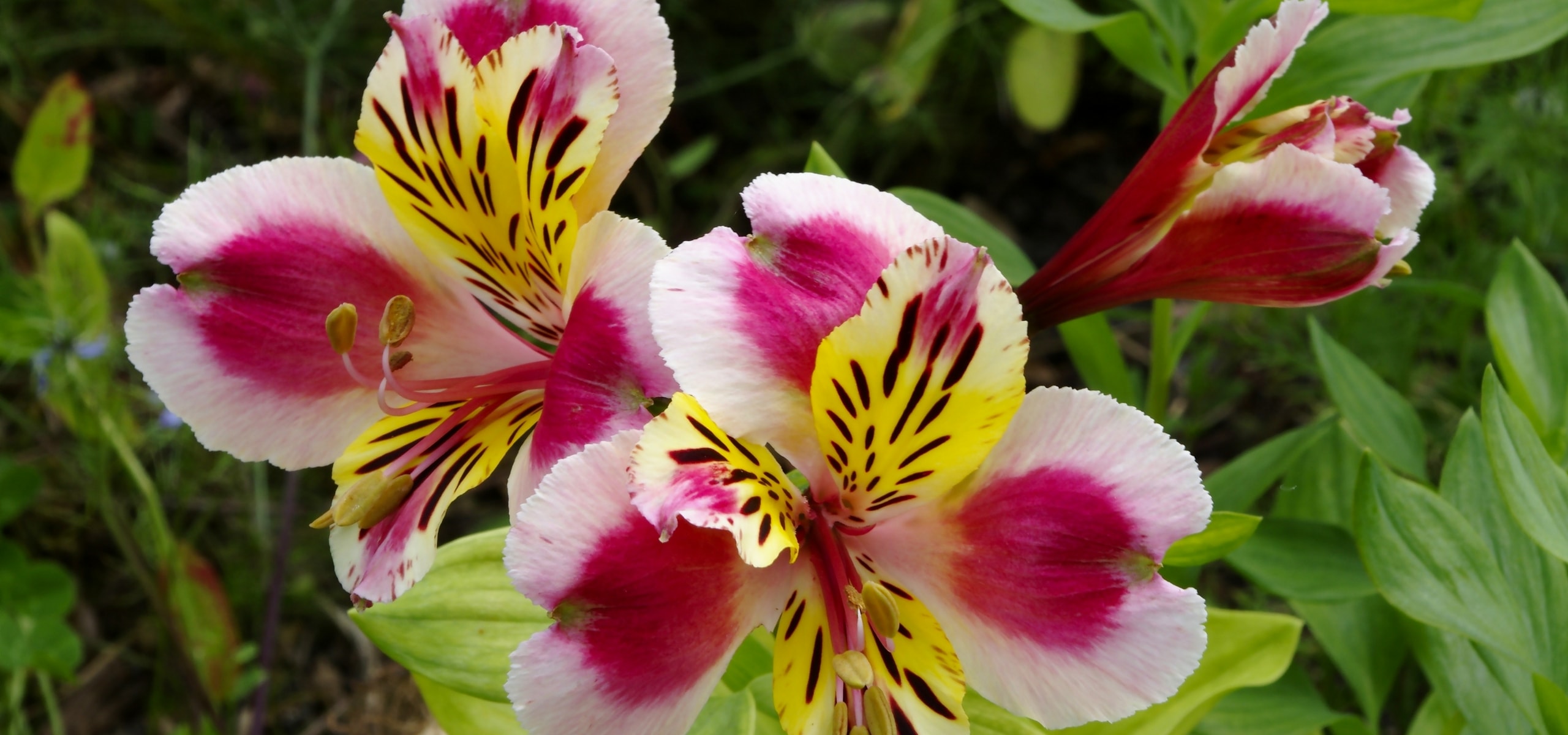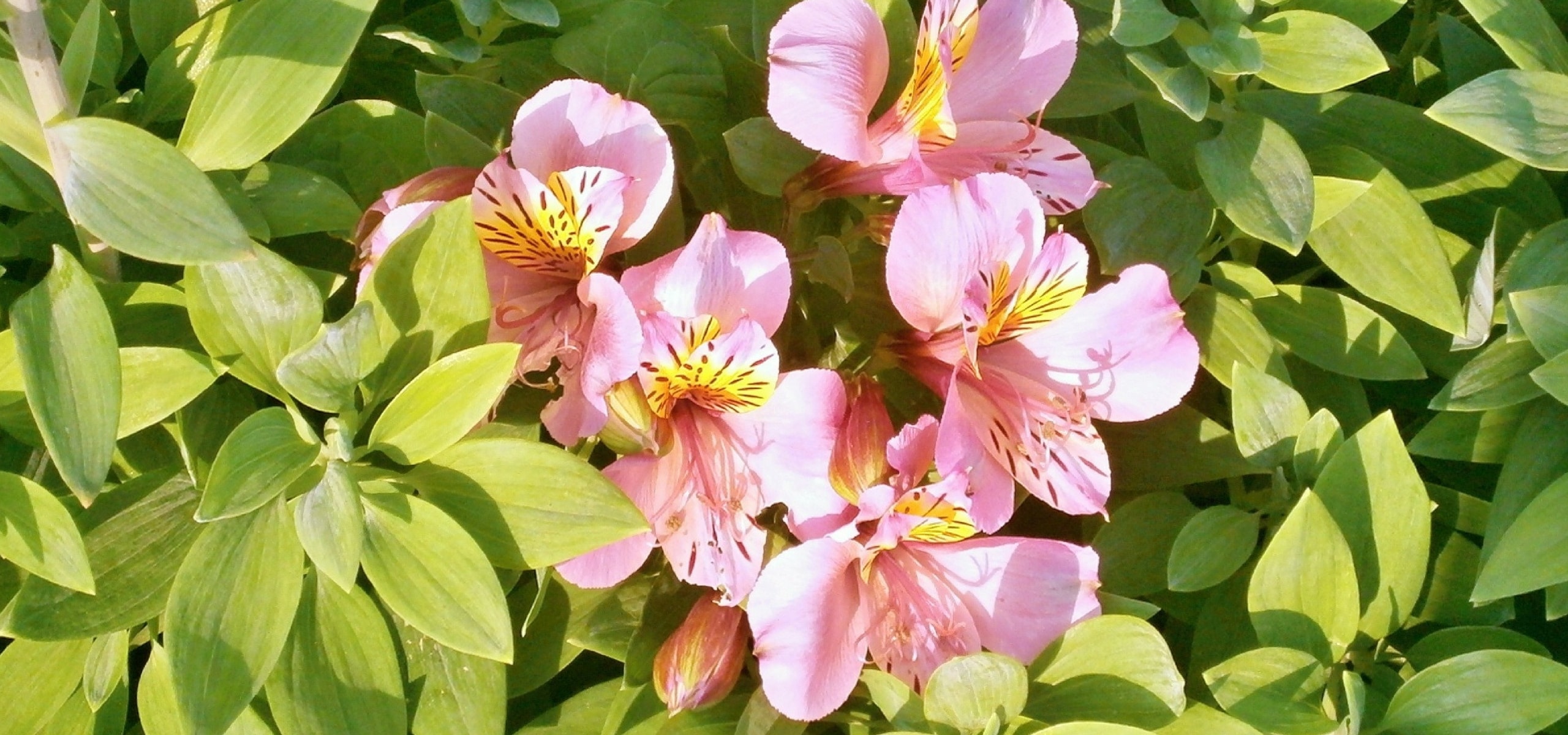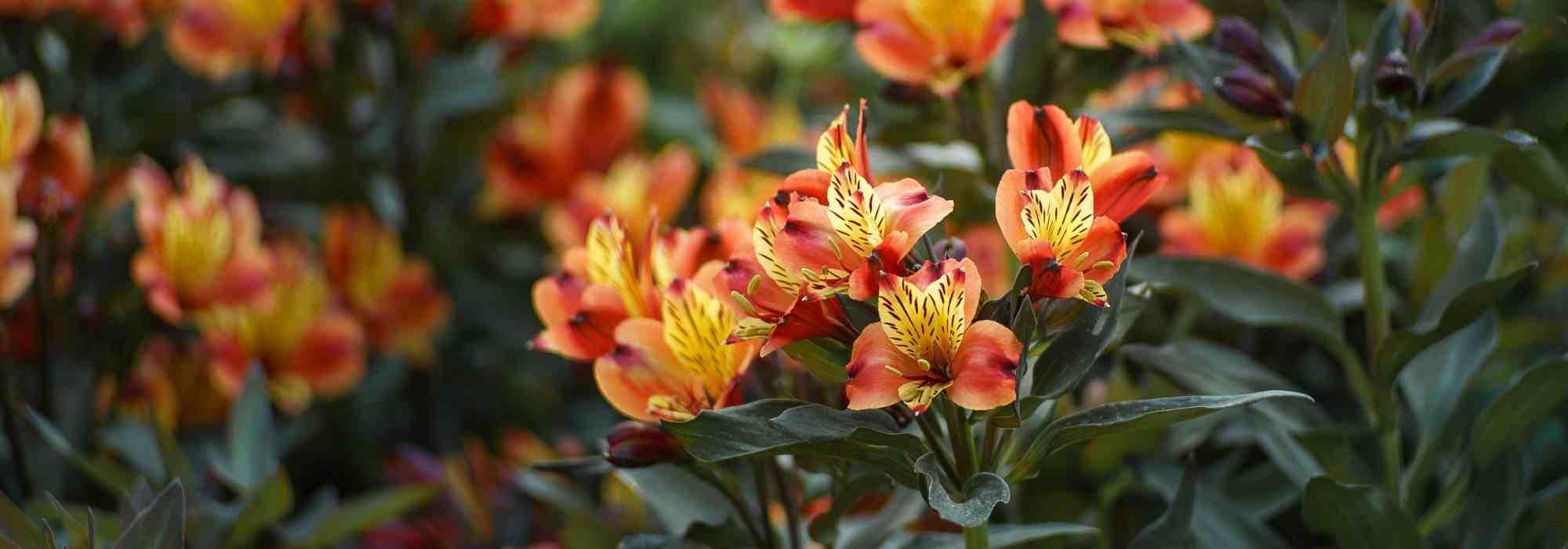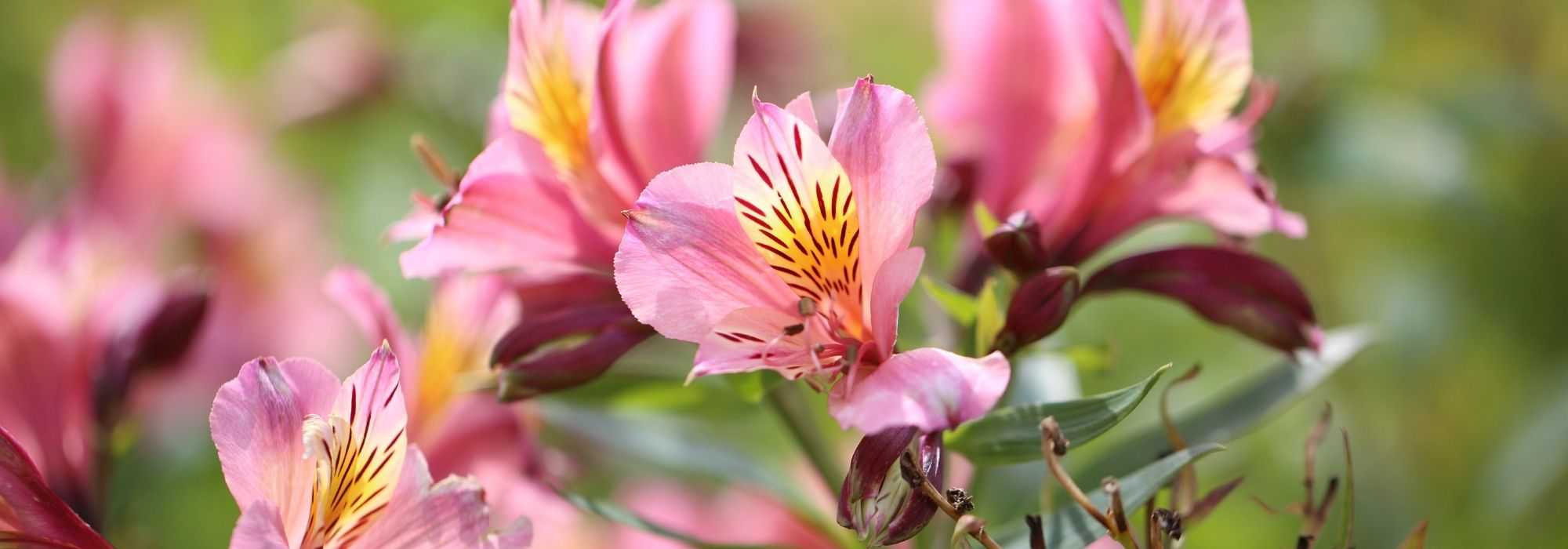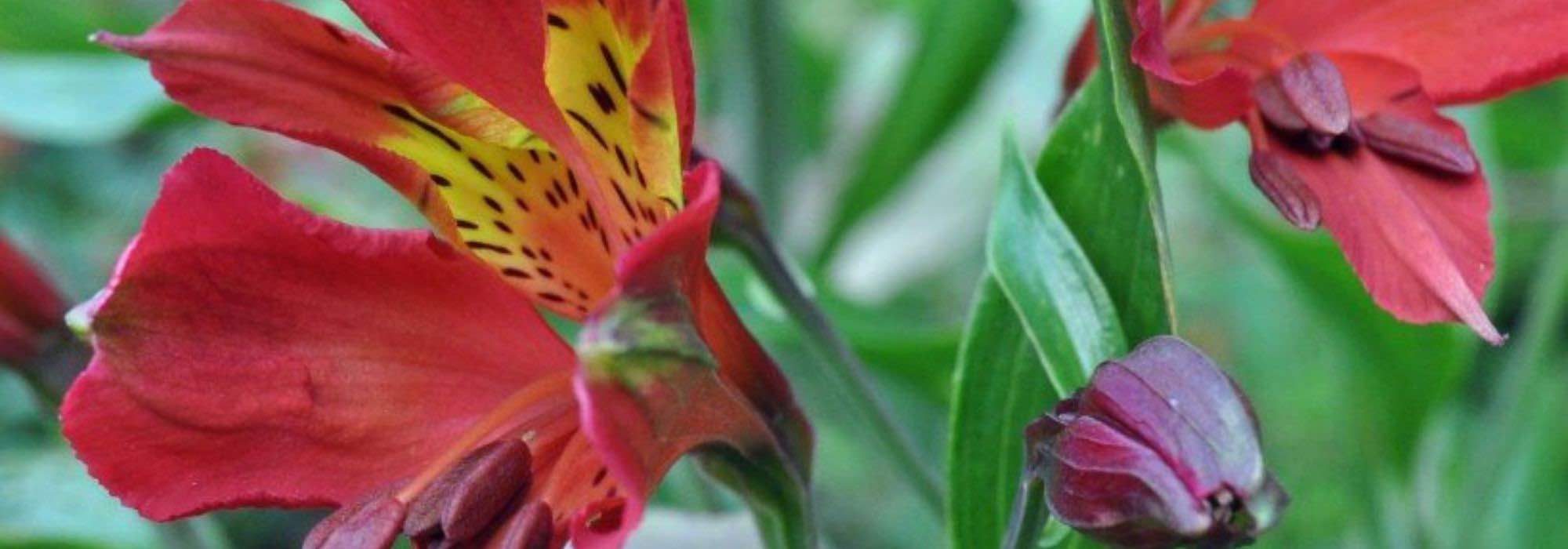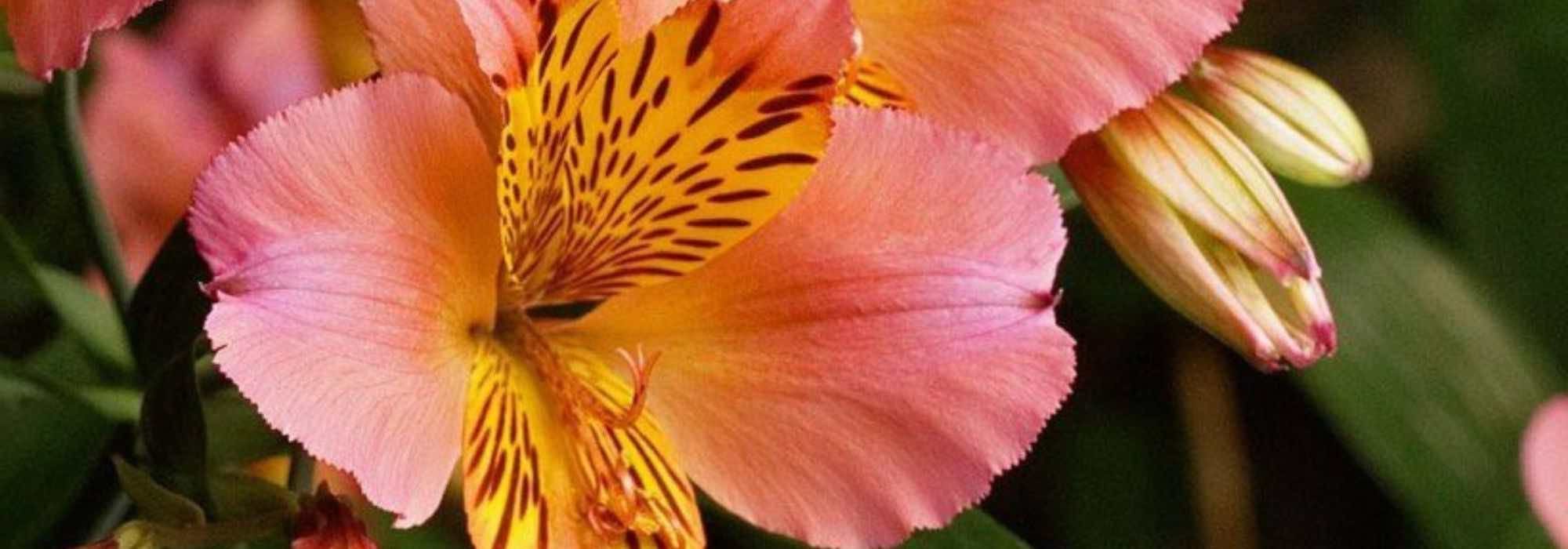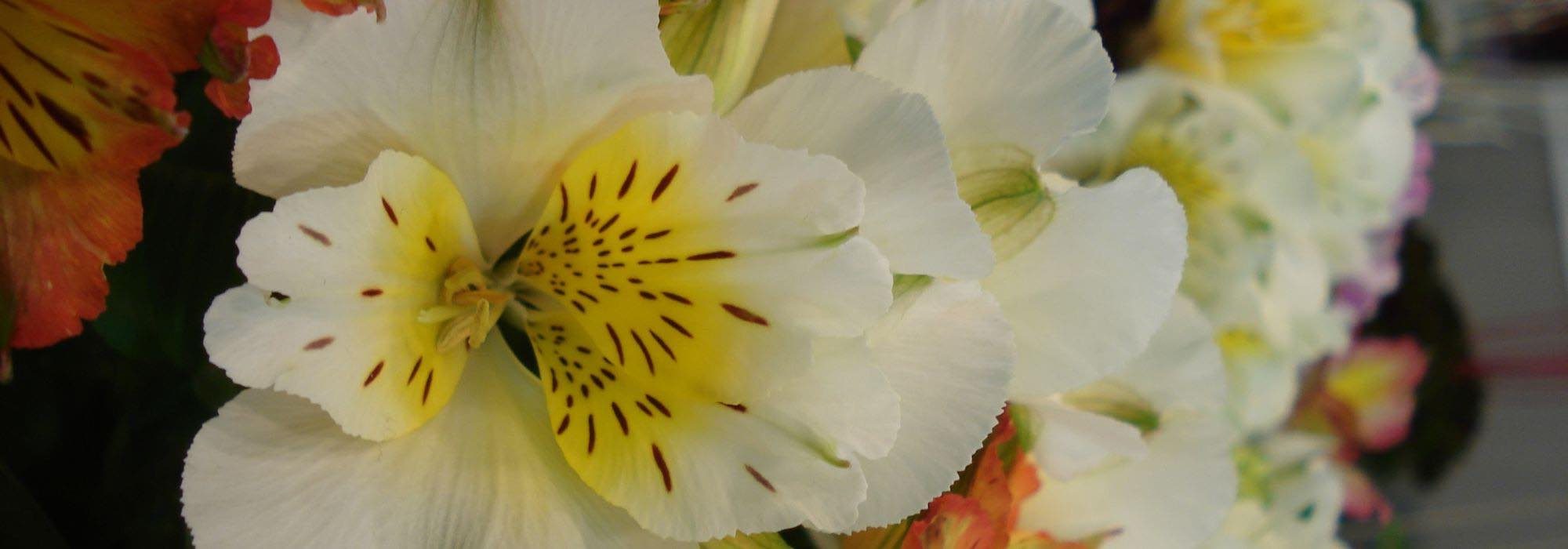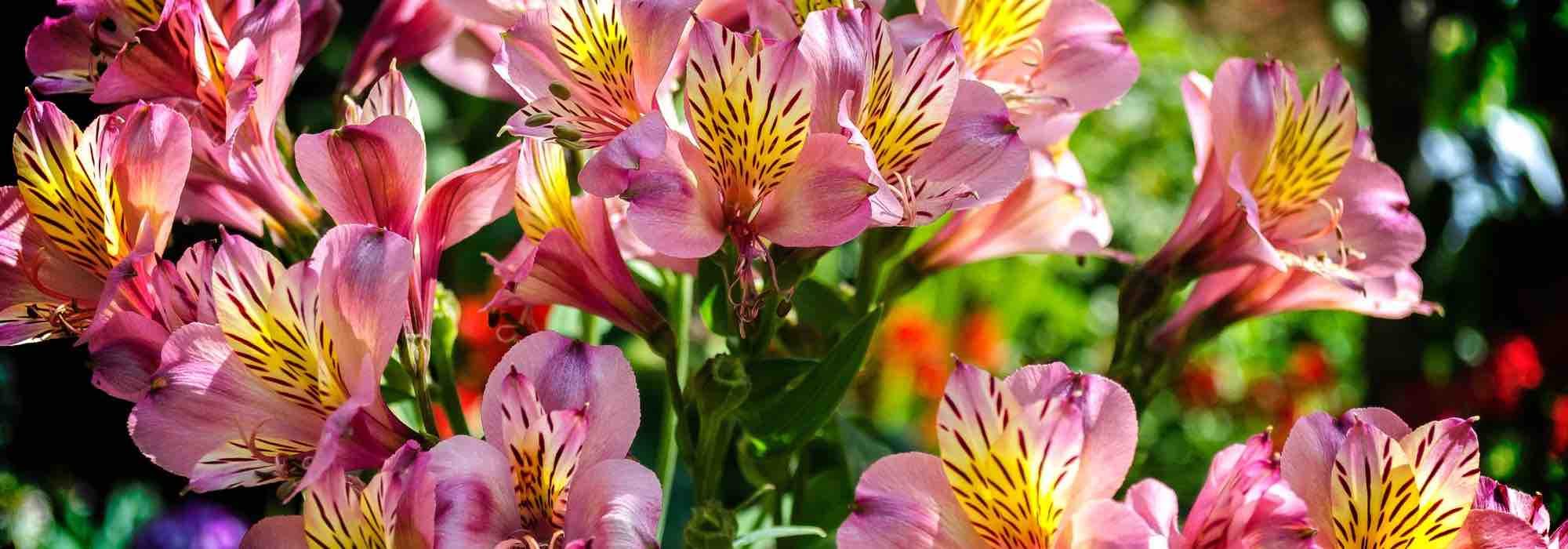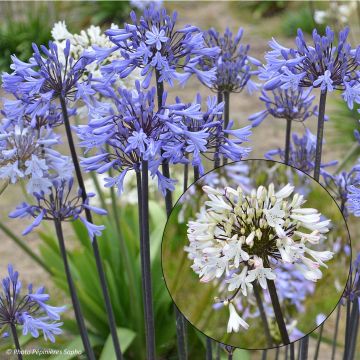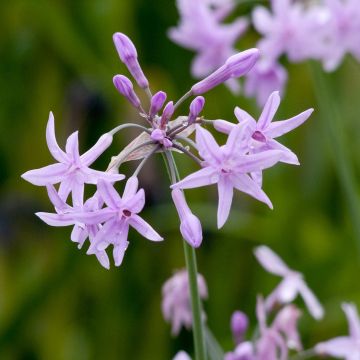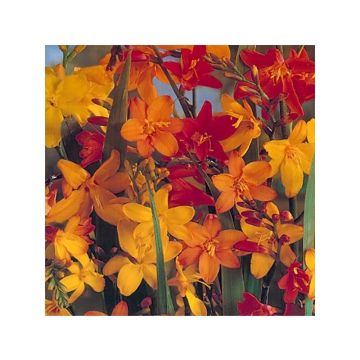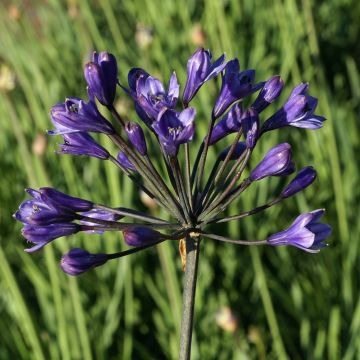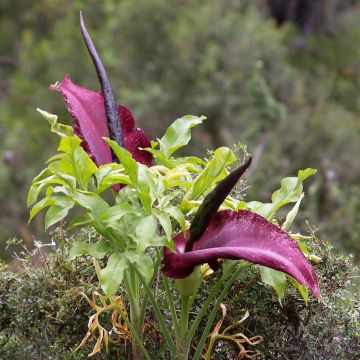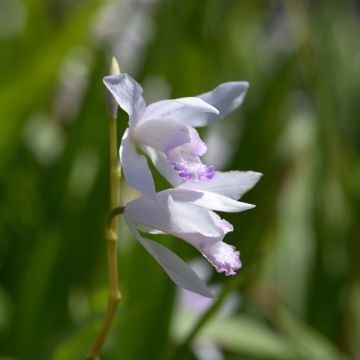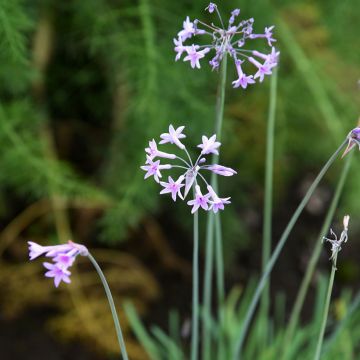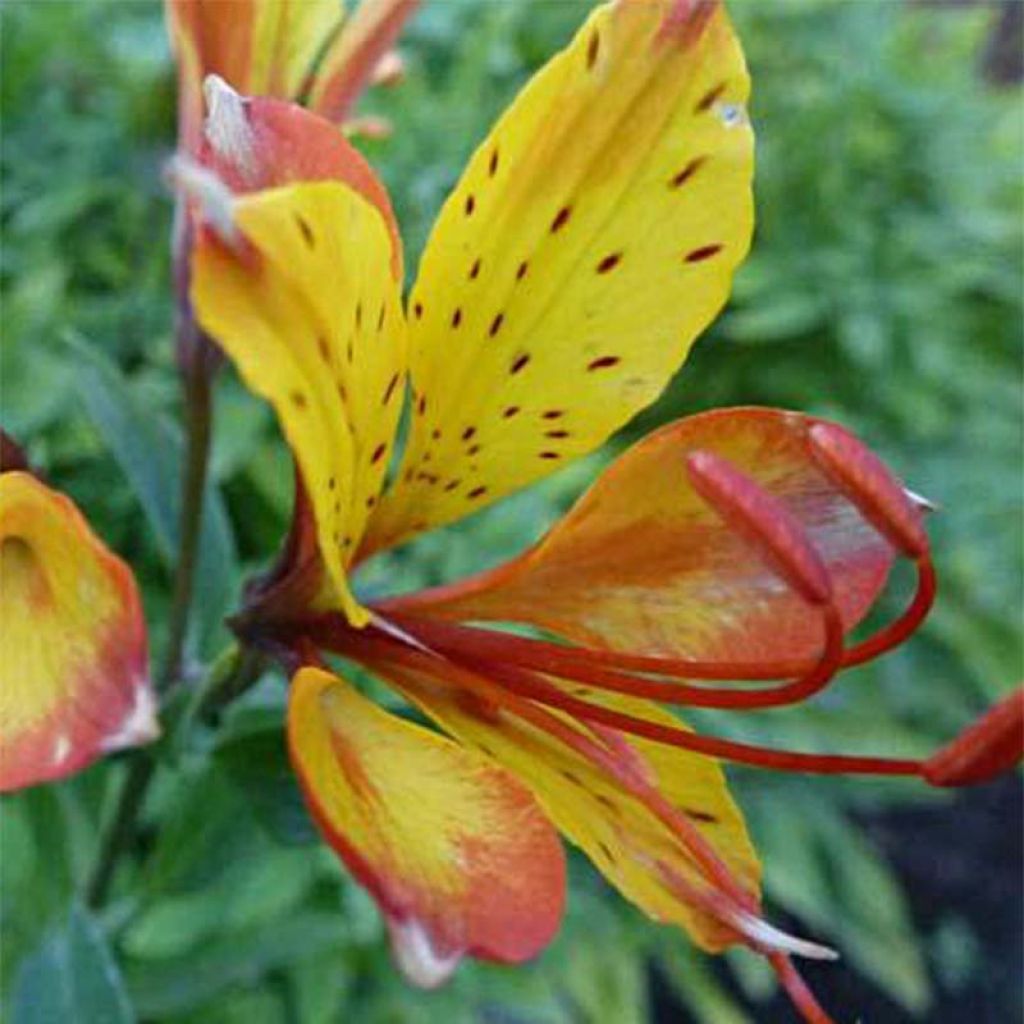

Alstroemeria Sweet Laura
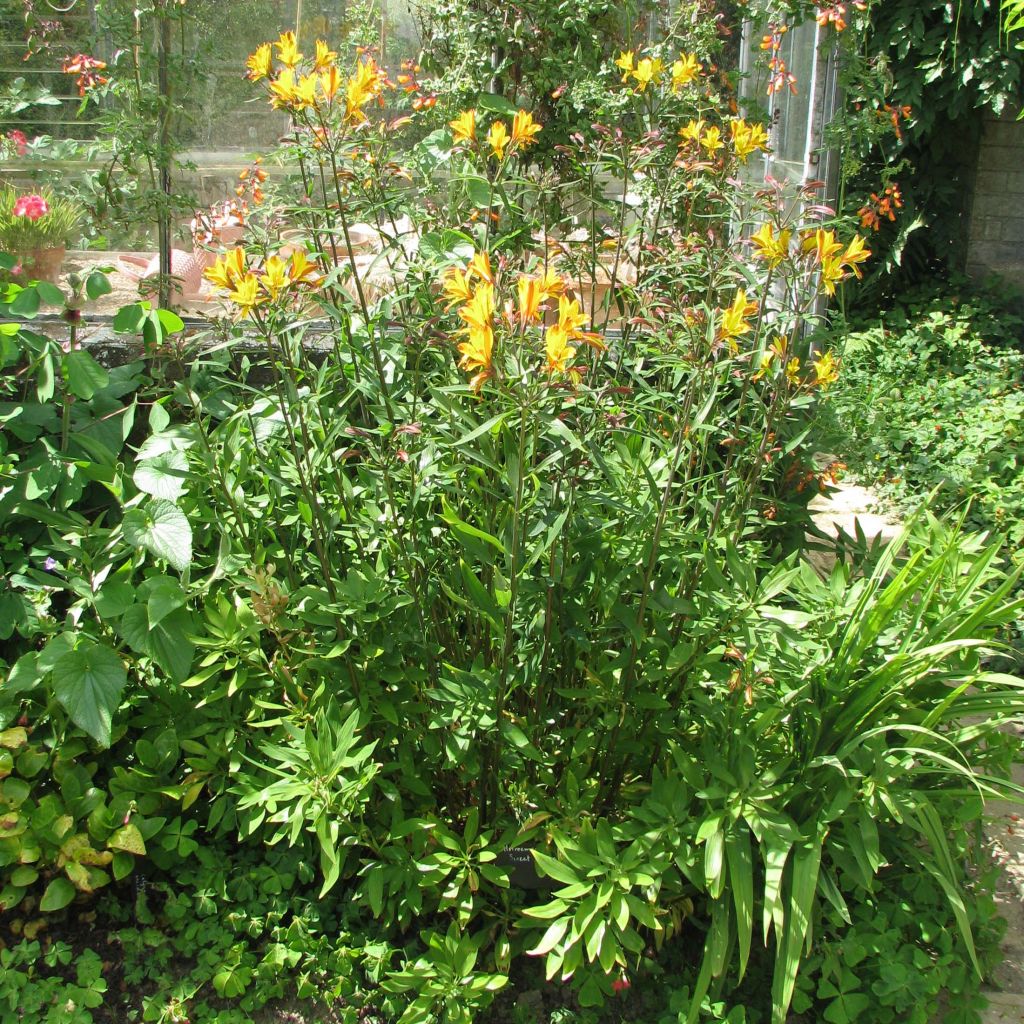

Alstroemeria Sweet Laura
Alstroemeria Sweet Laura
Alstroemeria Sweet Laura
Peruvian Lily, Lily of the Incas,
Large, well-flowered clump. Carefree young plant. I will soon be able to offer some.
Jean-Marie, 25/07/2021
Special offer!
Receive a €20 voucher for any order over €90 (excluding delivery costs, credit notes, and plastic-free options)!
1- Add your favorite plants to your cart.
2- Once you have reached €90, confirm your order (you can even choose the delivery date!).
3- As soon as your order is shipped, you will receive an email containing your voucher code, valid for 3 months (90 days).
Your voucher is unique and can only be used once, for any order with a minimum value of €20, excluding delivery costs.
Can be combined with other current offers, non-divisible and non-refundable.
Why not try an alternative variety in stock?
View all →This plant carries a 12 months recovery warranty
More information
We guarantee the quality of our plants for a full growing cycle, and will replace at our expense any plant that fails to recover under normal climatic and planting conditions.

Would this plant suit my garden?
Set up your Plantfit profile →
Description
Alstroemeria 'Sweet Laura' is one of the first hardy varieties of Peruvian lilies with scented flowers. Adding a beautiful aroma to the visual delight, its flowering with small, light flowers in shades of golden yellow, burnt orange, and mahogany is truly enchanting in the garden as well as in bouquets. 'Sweet Laura' is also a prolific and vigorous plant that reappears year after year. It is part of a series of hybrids selected in the United States for their cold resistance: they are able to withstand our normal winters, with or without protective mulch, when grown in well-drained soil.
Alstroemeria, belonging to the Alstroemeriaceae family, are perennial plants with tuberous roots native to South America. The hardiest, like A. aurantiaca, are native to the Chilean Andes and Patagonia. These high-altitude plants are relatively hardy, prefer cool, well-drained soil in lightly wooded and cool areas. Slow to establish, Peruvian lilies can disappear or... become invasive! Quirky but fantastic plants, very sensitive to growing conditions, they are "indestructible" when you find the right spot for them. Horticulturists have been working for a few years to develop more reliable and resistant varieties to our wet and cold winters. The 'Sweet Laura' cultivar is the result of a selection program developed in the U.S.A by Cornell University in New York. The male parent of this unique variety is the Alstroemeria caryophyllacea, a much less known Brazilian species, sensitive to cold but with a surprisingly carnation-like fragrance.
'Sweet Laura' quickly forms dense, compact clumps, consisting of many sturdy leafy stems reaching about 70 cm (28in) tall when in bloom, with a spread of 50cm. Flowering takes place from June-July to late September, if the soil remains moist. Each flower stalk carries 8 to 10 flowers. The small 4 cm (2in) flowers, delicate and light, are gathered in terminal umbels. They consist of 3 small central petals of bright yellow, speckled with brown-purple, surrounded by 3 slightly wider petals, of the same bright yellow, but touched with orange at their tips. The reverse of the petals is tinged with mahogany. The foliage, quite abundant in this variety, is arranged along the stems. The leaves are a bright green, with a satin-like appearance. The foliage and stems disappear in winter, leaving only the slightly trailing stump with fleshy roots underground. The roots are sensitive to the shock of transplantation, especially in older plants.
Unlike typical varieties, Alstroemeria 'Sweet Laura' has retained the charm of wild species. Its light flowering, although brightly coloured, is easier to combine with other plants in the garden. When well established, this exuberant plant offers a magnificent spectacle on the edge of borders, in a pot on the patio, or on a partially shaded slope. In the garden, it pairs well, for example, with agapanthus (Golden Drop, Silver Moon), Lycoris, and Crocosmia. It can also be combined with grasses; Stipa, small Miscanthus, or Muhlenbergia capillaris will accompany its flowering in late summer with their beautiful foliage and flowers.
Alstroemeria Sweet Laura in pictures
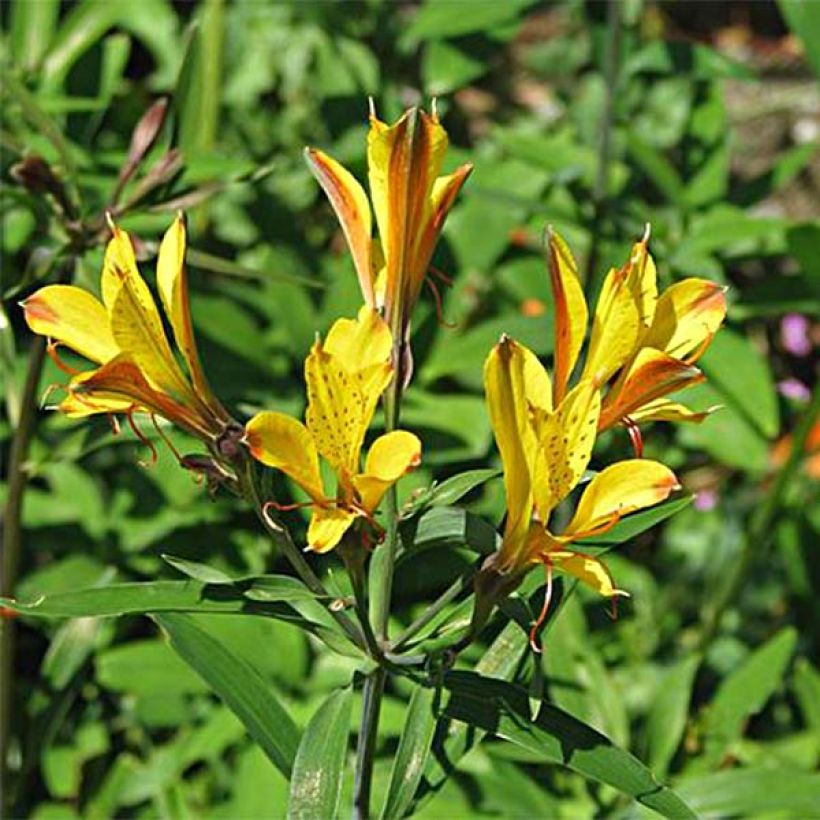

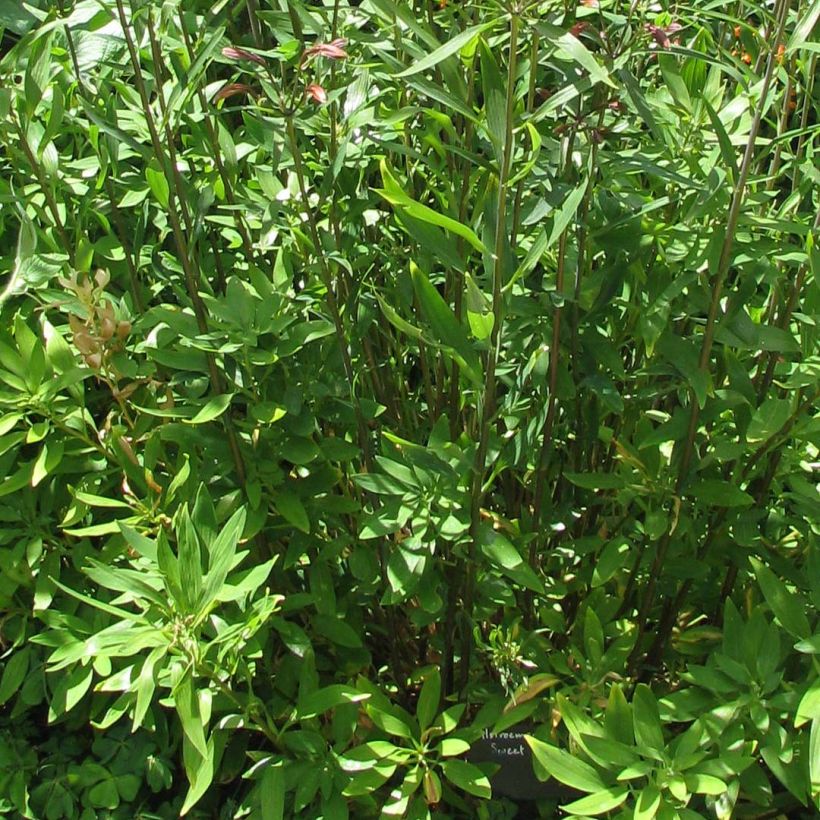



Flowering
Foliage
Plant habit
Botanical data
Alstroemeria
Sweet Laura
Alstroemeriaceae
Peruvian Lily, Lily of the Incas,
Cultivar or hybrid
Other Alstroemerias
View all →Planting and care
Alstroemerias should be planted in spring, choosing a sunny or semi-shade location, in a light, well-drained, well-prepared soil, preferably sandy or loamy and slightly acidic to neutral, and not too fertile. While they appreciate moistre to support their flowering, they adapt quite well to dry soils in summer. These plants are quite hardy if the soil does not remain waterlogged in winter. The stump can be protected with a thick mulch of leaves or fern fronds in autumn. Slugs (and turtles) love young shoots; make sure to protect them.
Since the plant completely disappears in autumn, it is advisable to mark its location. Do not hoe near the clump: the tuberous roots are often wandering and fragile. Weed carefully by hand if necessary.
Planting period
Intended location
Care
Planting & care advice
-
, onOrder confirmed
Reply from on Promesse de fleurs
Similar products
Haven't found what you were looking for?
Hardiness is the lowest winter temperature a plant can endure without suffering serious damage or even dying. However, hardiness is affected by location (a sheltered area, such as a patio), protection (winter cover) and soil type (hardiness is improved by well-drained soil).

Photo Sharing Terms & Conditions
In order to encourage gardeners to interact and share their experiences, Promesse de fleurs offers various media enabling content to be uploaded onto its Site - in particular via the ‘Photo sharing’ module.
The User agrees to refrain from:
- Posting any content that is illegal, prejudicial, insulting, racist, inciteful to hatred, revisionist, contrary to public decency, that infringes on privacy or on the privacy rights of third parties, in particular the publicity rights of persons and goods, intellectual property rights, or the right to privacy.
- Submitting content on behalf of a third party;
- Impersonate the identity of a third party and/or publish any personal information about a third party;
In general, the User undertakes to refrain from any unethical behaviour.
All Content (in particular text, comments, files, images, photos, videos, creative works, etc.), which may be subject to property or intellectual property rights, image or other private rights, shall remain the property of the User, subject to the limited rights granted by the terms of the licence granted by Promesse de fleurs as stated below. Users are at liberty to publish or not to publish such Content on the Site, notably via the ‘Photo Sharing’ facility, and accept that this Content shall be made public and freely accessible, notably on the Internet.
Users further acknowledge, undertake to have ,and guarantee that they hold all necessary rights and permissions to publish such material on the Site, in particular with regard to the legislation in force pertaining to any privacy, property, intellectual property, image, or contractual rights, or rights of any other nature. By publishing such Content on the Site, Users acknowledge accepting full liability as publishers of the Content within the meaning of the law, and grant Promesse de fleurs, free of charge, an inclusive, worldwide licence for the said Content for the entire duration of its publication, including all reproduction, representation, up/downloading, displaying, performing, transmission, and storage rights.
Users also grant permission for their name to be linked to the Content and accept that this link may not always be made available.
By engaging in posting material, Users consent to their Content becoming automatically accessible on the Internet, in particular on other sites and/or blogs and/or web pages of the Promesse de fleurs site, including in particular social pages and the Promesse de fleurs catalogue.
Users may secure the removal of entrusted content free of charge by issuing a simple request via our contact form.
The flowering period indicated on our website applies to countries and regions located in USDA zone 8 (France, the United Kingdom, Ireland, the Netherlands, etc.)
It will vary according to where you live:
- In zones 9 to 10 (Italy, Spain, Greece, etc.), flowering will occur about 2 to 4 weeks earlier.
- In zones 6 to 7 (Germany, Poland, Slovenia, and lower mountainous regions), flowering will be delayed by 2 to 3 weeks.
- In zone 5 (Central Europe, Scandinavia), blooming will be delayed by 3 to 5 weeks.
In temperate climates, pruning of spring-flowering shrubs (forsythia, spireas, etc.) should be done just after flowering.
Pruning of summer-flowering shrubs (Indian Lilac, Perovskia, etc.) can be done in winter or spring.
In cold regions as well as with frost-sensitive plants, avoid pruning too early when severe frosts may still occur.
The planting period indicated on our website applies to countries and regions located in USDA zone 8 (France, United Kingdom, Ireland, Netherlands).
It will vary according to where you live:
- In Mediterranean zones (Marseille, Madrid, Milan, etc.), autumn and winter are the best planting periods.
- In continental zones (Strasbourg, Munich, Vienna, etc.), delay planting by 2 to 3 weeks in spring and bring it forward by 2 to 4 weeks in autumn.
- In mountainous regions (the Alps, Pyrenees, Carpathians, etc.), it is best to plant in late spring (May-June) or late summer (August-September).
The harvesting period indicated on our website applies to countries and regions in USDA zone 8 (France, England, Ireland, the Netherlands).
In colder areas (Scandinavia, Poland, Austria...) fruit and vegetable harvests are likely to be delayed by 3-4 weeks.
In warmer areas (Italy, Spain, Greece, etc.), harvesting will probably take place earlier, depending on weather conditions.
The sowing periods indicated on our website apply to countries and regions within USDA Zone 8 (France, UK, Ireland, Netherlands).
In colder areas (Scandinavia, Poland, Austria...), delay any outdoor sowing by 3-4 weeks, or sow under glass.
In warmer climes (Italy, Spain, Greece, etc.), bring outdoor sowing forward by a few weeks.






























